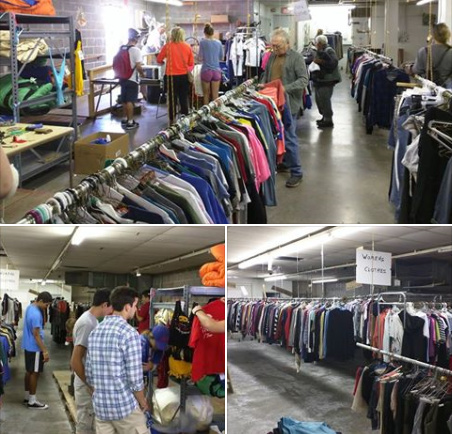
A 2005 study found 40 million acres of lawn in USA
“ turf grasses would represent the single largest irrigated ‘crop’ in the U.S.” 1
Water used: 49 billion gallons of water a week
Fertilizer used: 3 million tons/year
Deathacides used: $2.2 billion used in USA 2007, 10 times more than Industrial Agriculture.

40 million acres of ecological blight offer a unique opportunity to eradicate, remediate and #CarbonFarmLawn . Edible Landscaping, Backyard Orchard Culture, Naturescaping with native trees, shrubs and perennials and multifunctional rain gardens are sustainable practices that keep carbon in the soil and in perennial biomass. They can supply multiple vital ecosystems services such as soil creation stormwater remediation, water filtering and infiltration, food and medicine, biodiversity, wildlife habitat and human spiritual wellbeing.
We can convert the front yards of America into beautiful, biologically diverse, perennial and productive carbon sequestration systems, Paradise Gardens.
- Milesi, C., Elvidge, C.D., Dietz, J.B., Tuttle, B.T., Nemani, R.R. and Running, S.W., 2005. A strategy for mapping and modeling the ecological effects of US lawns. J. Turfgrass Manage, 1, pp.83-97.

We (1) kept at least 5,000 pounds of reusable or recyclable goods out of the dumpster, (2) provided over 3000 items of clothing, bedding, housewares, appliances and more to KU students and community members at a nominal cost of $1 per item (or free in some cases), and (3) raised money to help the Lawrence Creates Makerspace better serve the community.

Tennessee Valley Authority’s Watts-Bar-2 nuke is operational: winning the battle, but losing the war. The 1,270 MW Watts-Bar-2 nuclear reactor is the nation’s first new nuclear power plant since 1996. Construction was originally began in 1973, but was halted in 1985. The project was restarted in October 2007, and cost $4.7 billion to complete this year. By comparison, new capacity of 1,088 MW in the single month of October from solar, wind, biomass, and hydropower nearly matched what it took the nuclear industry over 20 years to bring online. The TVA could have used that time and money more productively on developing renewables and energy efficiency. In those 20 years, construction costs for solar and wind have plunged by 60-70%. According to Ken Bossing of the Sun Day Campaign, “The long construction times to bring new nuclear reactors on line, and nuclear power’s rapidly rising costs (compared to the dramatically declining costs for renewable sources) all underscore that the nuclear era is over”. Read more at – Watts-Bar-2 Nuke: Wind & Solar Power is 21 Times Greater.
We suggest readers avail themselves of the following sources for news on the demise of nuclear power: Japan for Sustainability, Japan Focus, Fukushima Update, and Fairewinds Energy Education.






